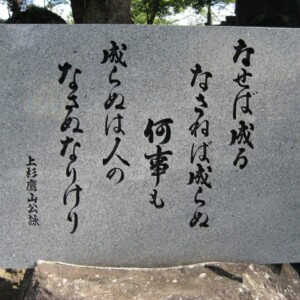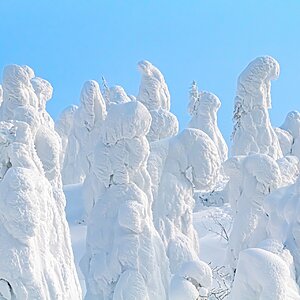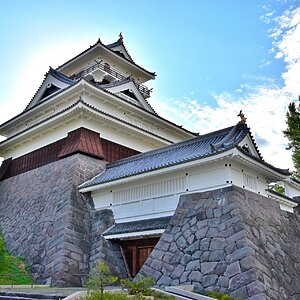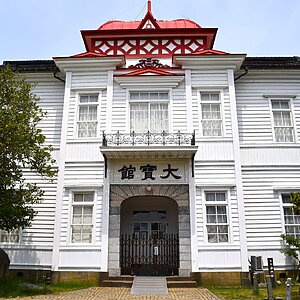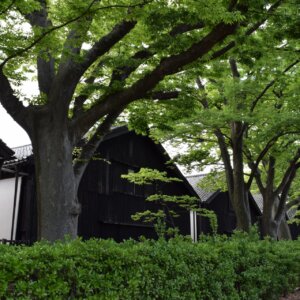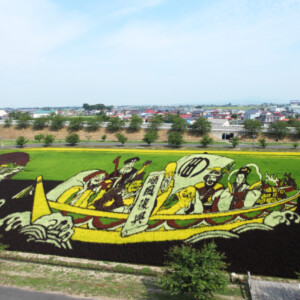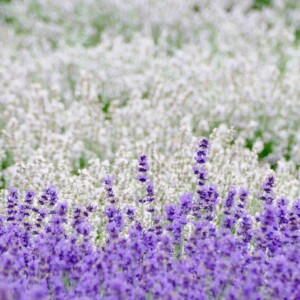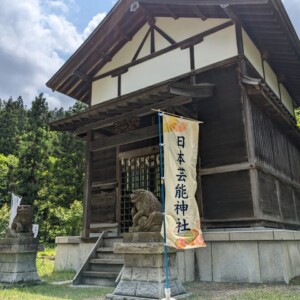
[Yamagata Prefecture] The roots of Yamagata Hanagasa are in Obanazawa! “Yasshomakasho” is the chant of workers born from the embankment construction work.
table of contents
- 1 Learn about Hanagasa Festival!
- 1.1 Where was Hanagasa Ondo born?
- 1.2 Embankment construction at Lake Tokura led to the birth of Hanagasa Ondo
- 1.3 Background of Hanagasa Ondo ~Dontsuki Uta~
- 1.4 The dontsuki work that became the prototype for Hanagasa Ondo
- 1.5 Hanagasa dance was born as a result of rain protection during construction.
- 1.6 The beginning of the Hanagasa Odori parade
- 1.7 The truth behind Yasshomakasho's slogan!
- 2 lastly
Hanagasa Festival is known as one of the six major festivals in Tohoku . Its trademark is a hat decorated with safflower, the flower of Yamagata Prefecture.
Hanagasa Ondo ``Yasshomakasho'' is a pleasant phrase that you will never forget once you hear it. When you think of folk songs, you will always hear the words of hands and shouts that appear. Many of them are expressed in onomatopoeia, and ``Yasshomakasho'' can be said to be one of them.
And it can be said that there is always a hidden meaning and historical background. Of course, the folk songs of Hanagasa Ondo also have truths that should be passed down. Now, let's trace the origins of the Hanagasa Ondo chant.
Learn about Hanagasa Festival!
The Hanagasa Ondo Parade began in 1960, and the Hanagasa Festival began two years later, in 1966. For three days from August 5th to 7th every year, Hanagasa decorated with safflower colors the nights of Nanokamachi Street in Yamagata City.

It is characterized by a float in the shape of Zao Daigongen leading the way, and dancers wearing flower hats dancing vividly while chanting "Yasshomakasho." Every year, over 100 dance groups participate, so you can see over 10,000 flower hats decorated with safflower over the three days.
The total number of spectators is over 800,000, and it is said that the excitement of the parade is comparable to that of the Awa Odori in the West. By the way, the bright safflower that is displayed on the flower hat Mogami safflower a specialty of the Murayama region.
Where was Hanagasa Ondo born?
The birthplace is Obanazawa City . It is located in the northeastern part of Yamagata Prefecture. Obanazawa is also very famous for producing watermelons. Some people may think of Yamagata City, where the Hanagasa Festival is held, but I was born in Obanazawa City.
Embankment construction at Lake Tokura led to the birth of Hanagasa Ondo
Lake Tokura , located in Obanazawa City, Yamagata Prefecture, is the birthplace of Hanagasa Ondo . In fact, Lake Tokura is closely related to the birth of Hanagasa Ondo.

At that time, the main source of water for agricultural purposes in this area was rainwater and spring water, but it was realized that stable water resources were necessary to ensure the reliable harvest of agricultural products.
Around the end of the Meiji era, the price of rice began to rise, and the rice field business became popular, and this Tsunetaro Takamiya planning to build a large pond that could supply water to rice fields of over 300 hectares. Masu. This is how Lake Tokura was born.
- Construction period: September 27, 1919 - May 27, 1921
- Size: Area 26 ha, circumference 5,600 m, water depth 5.6 m, water storage capacity 720,000 m2
Lake Tokura can irrigate 4,230 hectares of rice fields for about 45 days even during times of drought, making a major contribution to the agriculture of this land.
Lake Tokura<Information>
- Name: Lake Tokura
- Address: Nifujibukuro, Obanazawa City, Yamagata Prefecture, 999-4212
Google Maps
So, what was the relationship between Lake Tokura and Hanagasa Ondo? The truth is finally revealed!
Background of Hanagasa Ondo ~Dontsuki Uta~
It is said that the road to completing Lake Tokura was quite a journey. Although the construction work was hard work, the high wages attracted many workers. Approximately 300 people worked on the project each day, totaling 70,000 people until it was completed.
Wages were 1.30 yen for men and 80 sen for women, which was quite high for the time.
The roots of Hanagasa Ondo lie in the workers who worked on the Lake Tokura embankment, and the chant "Yasshomakasho" was exactly what they were chanting!
The dontsuki work that became the prototype for Hanagasa Ondo
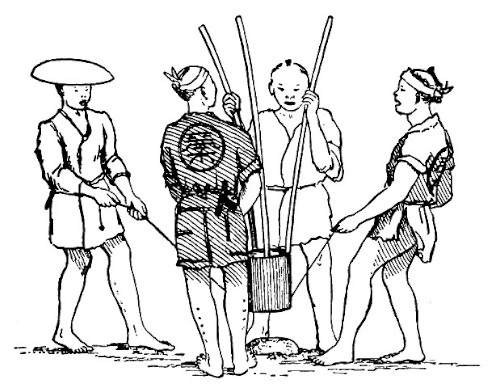
The specific details of the embankment work include the men breaking down the mountain with hoes and transporting the soil using mokkos and trolleys. The woman strengthened the soil by lifting and lowering a 60kg rock (called a turtle) connected to 10 ropes. this woman did was called "dontsuki.
Dontsuki Uta (currently Hanagasa Ondo)
"Dontsuki Uta" was sung at the time of the construction of the Lake Tokura embankment, and when the earth was being pounded .
It is said that everyone took a rhythm and breathed in synchronization to avoid danger during work. Also, even though it was hard work, I was able to enjoy the work because of this Don Tsuki Uta. Dontsuki Uta was created through a so-called ``public submission system,'' and it is said that 400 to 500 lyrics were submitted.
The reason why so many lyrics were proposed was that good works were rewarded with allowances and sweets. Labor and fun are the real pleasures of Dontsuki Uta, and the present Hanagasa Ondo was created, so you can even feel the ambition of the people involved in the construction of the Lake Tokura embankment.
``Dontsuki Uta'' is a song with many poems, but the ``meetings'' have remained unchanged since 1919, so it can be said to be a wonderful piece of traditional culture.
Hanagasa dance was born as a result of rain protection during construction.
The year after Dontsuki Uta was created (Taisho 9), construction workers improvised the choreography using the sedge hats This is the prototype of the Hanagasa dance.
A distinctive feature of the dance is that it incorporates the gestures used during the construction of the Lake Tokura embankment; for example, the movement of the hat during labor to protect from the rain and the sun is greatly twirled. The work of carrying soil is expressed by carrying a hat on both shoulders.
Depending on where the workers worked, there were many different bureau-specific dances, but today only five schools have been passed down: Kamimachi, Terauchi, Harada, Akudo, and Nagizawa.
The beginning of the Hanagasa Odori parade
During the autumn festival in August 1920, a hat dance to the tune of "Dontsuki Uta" was performed to celebrate the completion of Lake Tokura. This was the beginning of the current "Hanagasa Odori Parade." The hat is decorated with the trademark safflower paper flowers, which are still used today.
The truth behind Yasshomakasho's slogan!
"Yasshomakasho" is an important chant of Hanagasa Ondo. Without these words, Yamagata's Hanagasa Festival would not be possible.
Behind the folk song of Hanagasa, which was born from Dontsuki Uta, is the story of the workers involved in the Lake Tokura embankment. ``Dontsuki Uta'' was sung by workers while pounding the earth. During the song, they chanted, ``Yoi ya sa yo ya sa!''
After Lake Tokura was completed, this chant changed to "Yasshomakasho."
The meaning of Yasshomakasho has multiple origins.
- Meaning "Let's water the rice fields" in the Obanazawa dialect
- Meaning "Let's do it, leave it to us"
- When Lake Tokura was completed, the "Hanagasa Odori" dance was performed at the annual festival of Suwa Shrine, so the name means "Let's leave it to the shrine."
It seems like there are multiple theories.
lastly
How was it?
Lake Tokura and Dontsuki Uta. These two products are the result of workers working hard while praying for a rich harvest. Hanagasa Ondo, a dontsuki song, is a traditional culture that should continue to be passed down forever without dying out.
Yamagata Hanagasa Festival<Information>
- Name: Yamagata Hanagasa Council
- Venue: Yamagata City Center (Tokamachi/Honmachi/Nanakamachi Street - Bunshokan-mae)
- Event period: 3 days from August 5th to 7th every year
- Official URL: https://www.hanagasa.jp/




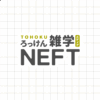
![[Yamagata Prefecture] What is Hanagasa Ondo? Detailed introduction from overview to interesting episodes 22_Hanagasa Festival 2](https://jp.neft.asia/wp-content/uploads/2022/02/0b90d1f2775f55637e83a177472a6c16-150x150.jpg)
![[Yamagata Prefecture] It’s summer! It's a festival! Hanagasa returns | We will introduce the long-awaited Hanagasa Festival 2022 information 1179475_m](https://jp.neft.asia/wp-content/uploads/2022/07/1179475_m-150x150.jpg)
![[Yamagata Prefecture] I went to the Hanagasa Festival! Introducing a photo book and festivals in Yamagata Prefecture that are still available in time PXL_20220805_072112438.MP](https://jp.neft.asia/wp-content/uploads/2022/08/PXL_20220805_072112438.MP_-150x150.jpg)
![[2024 event information] Crimson dances in the city! “Hanagasa Festival” in Yamagata City, Yamagata Prefecture 21_Hanagasa Festival 1](https://jp.neft.asia/wp-content/uploads/2023/07/29cfe6beeea6b0dd9da95fda40464299-150x150.jpg)
!["Mogami safflower" certified as a Japanese heritage and Japanese agricultural heritage [Yamagata Prefecture] Mogami safflower](https://jp.neft.asia/wp-content/uploads/2022/12/30121446_m-1-150x150.jpg)
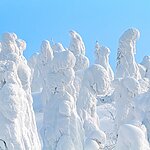
![[Tsuruoka City, Yamagata Prefecture] Tsuruoka's food culture has been passed down for hundreds of years 1470_Zenpoji Temple](https://jp.neft.asia/wp-content/uploads/2023/04/2d6b75e2500adfb8f7b8e6c68a2f7a03-150x150.jpg)
![[Yonezawa City, Yamagata Prefecture] Visit a hot spring connected to the Uesugi family of the Yonezawa Domain 1530_Onogawa Onsen Foot bath](https://jp.neft.asia/wp-content/uploads/2023/05/4ed5d5851f7d92ca3b0ebed3220d6418-150x150.jpg)
